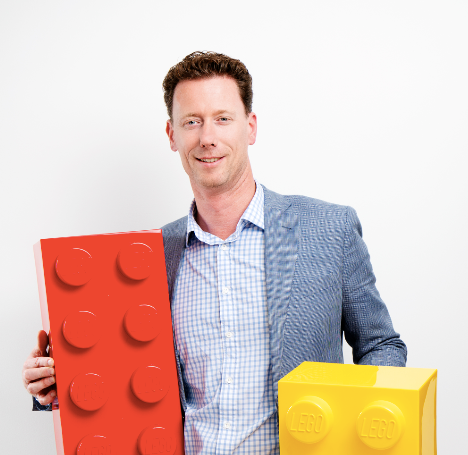Branding in 2017 will be more focused on storytelling and place-making to create enticing spaces that make employees feel connected and engaged. The role of portraying a brand’s culture in the office design is becoming pivotal. Brands should be developing workplaces that promote their values, work styles, and an environment that caters to their success. The Berries interviewed three of the global workplace design mavens; Kate Davis, Associate Principal and Workplace Strategies Design Director at HKS, Anthony Montalto, Associate Principal and Midwest Design Director at HKS and Kay Sargent, Senior Principal and Director of Workplace at HOK, to know how can workplaces contribute in crafting brand experiences.
BB: Portraying the brand in the office space is “Paramount”. In a nutshell, can you give us an insight about office design and branding trends to dominate 2017?
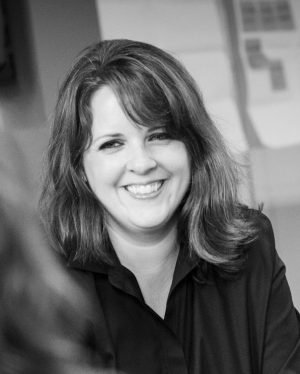
KD: Rather than analyzing trends, which we see as a reflection of what’s already happened, we’d like to talk to you about what we call workplace drivers. They are a better indication of the things that will happen next.Workplace drivers transcend market sector, industry, company size, demographics. These are the drivers we have identified during the course of our work for other clients, our own research and our own observations:
- Openness
- Collaboration
- Mobility & Presence
- Well Being
- Identity
We see workplace an asset, and a tool. Our goal is always to understand the unique drivers of the organizations we work with to understand which we should focus on to deliver a custom, strategic tool for organizational performance.
AM: We believe that brand should always tie to the vision and mission of the company and be a reflection of a company’s product and culture. In approaching any office design, we commit ourselves to being experts in our clients, visioning with their executive leadership team, and developing architecture and workplace that promotes their values, workstyles, and an environment that caters to their success.
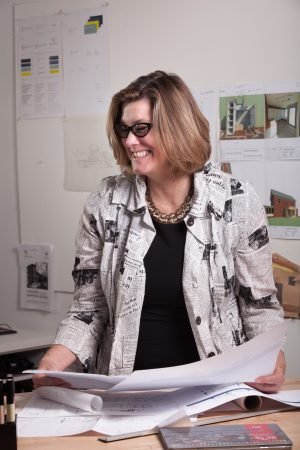
KS: The trend for branding office space is about taking it beyond the basics. Many consider branding to just be slapping a vinyl company logo on the wall. In reality, branding is about creating authentic places that embody the culture and spirit of a company and its people. Branding in 2017 will be more focused on storytelling and placemaking to create enticing spaces that make employees feel connected and engaged.
BB: It’s important for the physical workplace to be functional and engaging. But, that space is also an important part of your overall brand. Visitors and employees alike see your office space as an extension of company culture. How can workplace offer a unique opportunity to build brand identity and reinforce brand’s core values?
KD: This is about identity, and more importantly, authenticity. In order to achieve a branded space, design solutions need to be something that people who use the space wholly own and inhabit. Every design decision has to align with and support the vision, mission and values of the company. For instance, a core value might be “well connected.” A space characterized by private offices along the perimeter, with solid doors and no glazing would be in conflict with this no matter what color we put on the wall, sign behind the reception desk or compliment of games in the breakroom. Often this is about connecting the dots for clients and helping them make decisions in this context.

AM: Workplace and office design should embody a company’s vision and mission statements. Employees, visitors and clients should be able to “feel” the company’s brand as they experience the office space, see how employees work, and see the “process” that defines the company they are visiting. Again, the workplace should be a reflection of the company’s values.
KS: The implementation of an experience-enhanced, media-rich workplace can convey valuable messages about an organization’s core values, beliefs and culture. Branding of place goes beyond simple imagery and is portrayed in the whole look and feel of the space. Creating a multi-sensory experience that captures the essence of an organization’s brand is critical.
BB: The physical workplace is one of the top three factors affecting performance and job satisfaction. How can an office design positively impact the workplace?
KD: Space has to be effective, efficient and authentic. Efficiency is about the square foot/seat, benchmarking, etc. IT measures things that are easy to measure and compare.
Effectiveness is a much harder thing. There are certain givens: access to natural light, color study, etc., that make a workplace much more effective. Spending the time to dig in and understand the organization will help us understand what metrics that matter to them. Are they concerned about employee recruitment and retention? Do they need to improve their pitch/win rate or their speed to market?
Space alone is not the solution. Space + Process + People + Technology = Organizational Performance. We can provide the space, but if the technology and policies don’t support he people who will use it, we won’t see results.
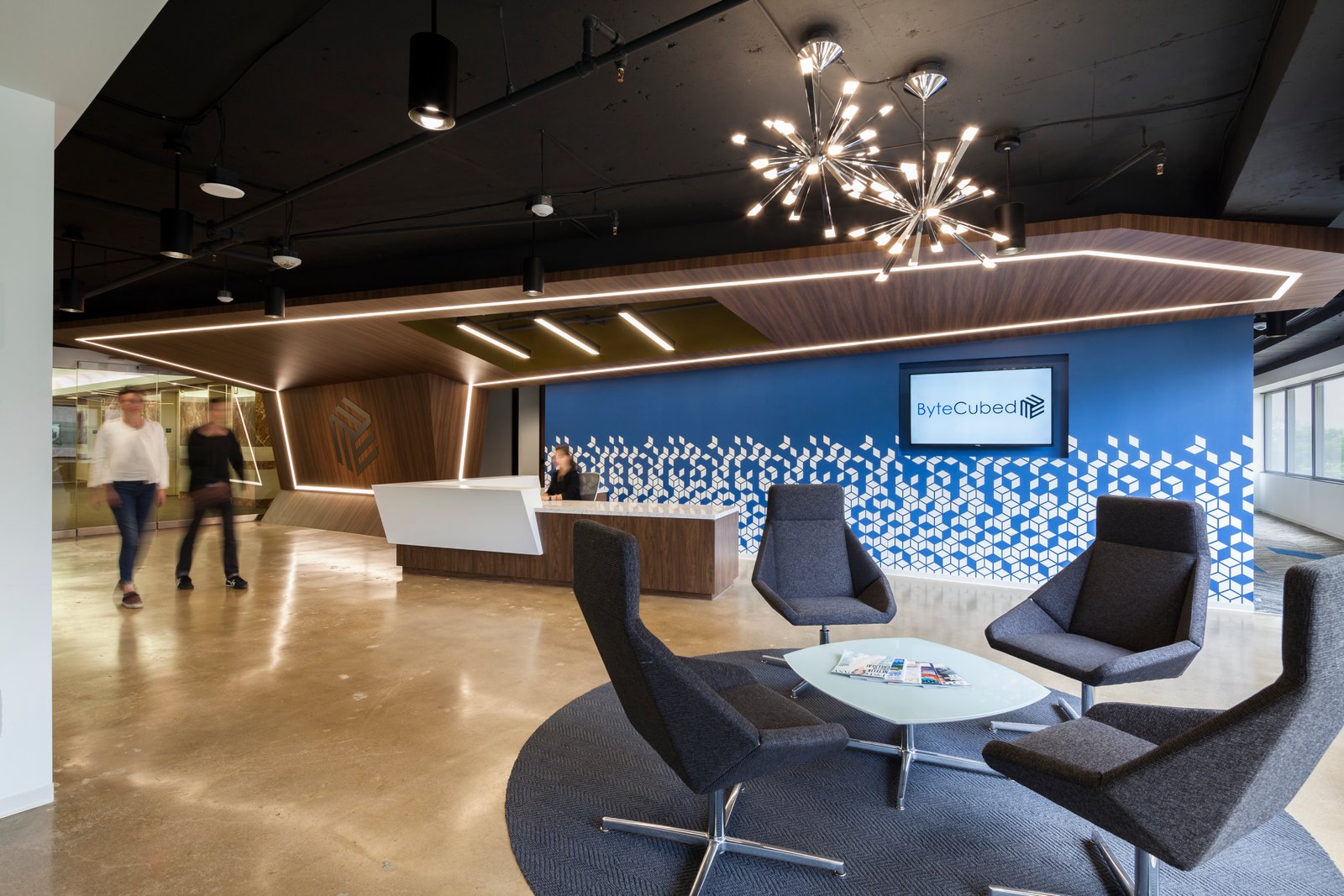
AM: It is critical to spend time learning your client and your client’s company and employees. We spend time researching and performing surveys to better understand the employee demographics and offer flexibility and a work environment options that cater to the varying needs of the staff, the process, and the work.
KS: We are witnessing an evolution of the workplace. For organizations to succeed, they must create human-centric solutions that empower their employees. Placemaking entails crafting an experience with a variety of settings to accommodate a vast set of needs, modes and activities.
We are shifting from a commodity-based culture to an experience-focused society. Companies are looking to create curated user experiences. Many are employing “experience managers” to ensure that employees are satisfied and engaged. Finding opportunities for sharing information through visuals, graphics and technology is important to connecting teams.

BB: Office design yields a perception – for your employees, potential employees and clients. It sets the stage for your corporate culture, for your brand. With millennials playing a huge role in today’s workforce, many companies are asking themselves how to attract and retain this pool of talent. How can office design appeals to the millennials?
KD: Millennials are seeking the same fundamental truths as every other generation, they are just doing it with radically different tools than any before. Essentially, they want to be part of a community and they want to contribute. They want to do this at an unprecedented rate, often perceived as lack of respect for hierarchy and a desire for immediate promotion. All of the world’s information has always been readily available to them. The volatile economic landscape they have grown up in has also led them to prioritize differently, seeking work experience that leaves greater room for non-monetary fulfillment. Authentic, effective workplaces can attract and retain the millennial population when workplace design is part of a holistic solution including technology and workplace policy.
AM: Millennials have workplace expectations and desire for collaboration and flexible environments. If you commit the time to understanding your client, the needs of all of their employees should be imbed in the workplace design.
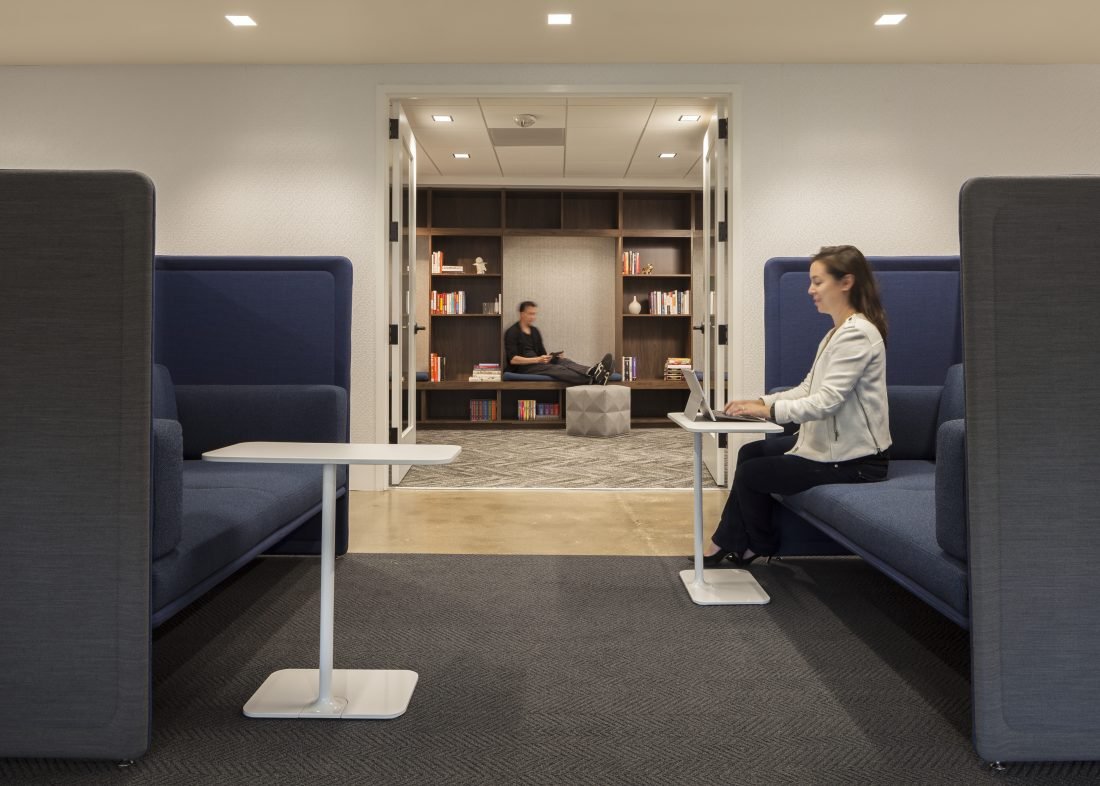
KS: I’m often asked what the workplace of the future will be. A better question is: Who will the worker of the future be?
Much of the focus has been on Millennials, but there has been a rush to judge them that has led to many misconceptions. A recent Leesman survey showed fewer differences between Millennials and Baby Boomers then many originally thought. As Millennials mature, they will go through various life stages and so their needs and modes will also evolve.
We all need to be watching for the emergence of the generation following the Millennials—Generation Z. Members of Gen Z (born after 2000) are five years away from entering the workforce. They are the “always-on” generation and will be the first digital natives. The constant pressure to always be available causes emotional detachment and anxiety. The World Health Organization predicts that a major health epidemic of the next decade Tradeline Partner-level Sponsors will be technostress—stress or psychological illness caused by working with computer technology on a daily basis. To offset this burden, the Gen Zs need comforting, soothing environments that enable them to achieve a higher level of productivity. We need to design workplaces with simplicity and comfort in mind. These spaces should minimize visual clutter, streamline navigation, intensify contrast and provide plenty of light to appease both aging workers and the overstimulated Gen Zs.

BB: In your opinion who are the 5 top companies that are mindful about designing the office spaces in a way that reflects their brand cultures?
KD & AM: WeWork is doing some interesting things in the co-working model. They don’t have the clarity of a single organizations mission/vision/values; they are aggregating the Millennial view into an approach that offers ability to connect and contribute without boundaries. It’s going to be fascinating to see how they evolve as the others who play in this space catch up.
Facebook. Touring their initial campus in California was a great insight into a place where yes, there are a lot of amenities and freedom, but the workspace is stripped down, hyper-functional, a very transparent approach to allocation of resources. It’s particularly interesting in its approach when you compare it to other tech companies such as Google or Cisco. The Facebook space is “owned” by the end users in the way they engage with it; it has an additive layer of personality and customization that its competitors don’t.
Urban Outfitters HQ outside Philadelphia is a great example of a brand story inside and out. A reclaimed shipyard building, revitalizing a part of a long abandoned downtown, plenty of room for their edgy, boho aesthetic.
Our own client, ProMedica, a health system in Toledo, OH is currently constructing a new, consolidated headquarters. They are moving disparate, siloed locations together into a repositioned, historic steam plant, expansion and adjacent former bank building designed in the Brutalist style. Their commitment to their community and to downtown Toledo has driven many of their decisions and is helping them tell a very unique and authentic story.
KS: Branded spaces are taking on new meaning and importance. Branding has evolved from spaces that reflect the image of the business to really embodying the spirit of an organization and its people. Retail and consumer product companies live and die by brand awareness, so they tend to have an acute understanding of the importance of branding.
Avery Dennison’s Los Angles headquarters is an example of an immersive environment. From the moment you arrive, there is no question about the organization’s industry, culture and passion.
Nokia has had a strong brand program for the workplaces for over a decade. The company interweaves regional influences into their spaces to connect with the community as well as reinforce its brand.
Visa in Toronto has playfully interjected its brand into its spaces with simple but impactful architectural features that serve multiple purposes.
The Porsche Cars North America Experience Center and Headquarters in Atlanta is the embodiment of space and brand intertwined, literally and figuratively.
Hachette UK’s London headquarters is an example of designing for several strong brands within one building. Multiple publishers share one roof with a main atrium connecting them. The design team artfully gave each group a branded welcome area while tying all the spaces together through a consistent theme in work areas.








